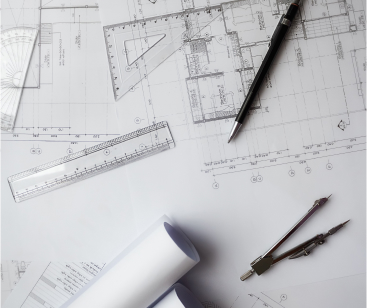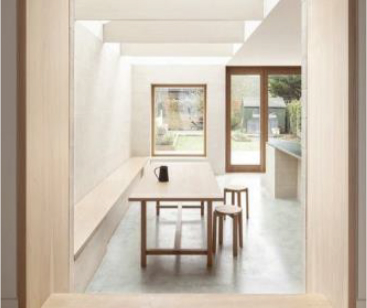Gaining planning approval can sometimes feel like an eternity! What actually happens during the process? How long does it take, and how can delays be avoided? Here’s a breakdown to help you navigate the planning application process more confidently.

1. Registration
The first step is registering your application with the local council, which can take up to a week. Ensure all required documents are uploaded to avoid delays, including:
- Standard form details
- 1:100 scale planning drawings
- Site location maps (1:500 and 1:1250 scales)
- Design and Access Statement (if required)
- Any additional consultancy reports specified by local policies
- CILL forms
Once the council deems the application valid, it will be added to the planning register and assigned a reference number. Partnering with professionals who understand planning application requirements ensures all your documents are in order, avoiding unnecessary setbacks.
2. Community Consultation
3D modelling enables architects to test and refine designs at every stage. Whether exploring structural options or integrating sustainable elements like sun path and luminosity studies, 3D tools enhance design precision. You’ll gain insights into how natural light flows through spaces during different seasons and times of day, helping you envision the atmosphere of your future home or building.
For complex details or bespoke features, 3D ensures all elements are well-planned. This makes it easier to anticipate challenges and develop solutions before construction begins, significantly enhancing the overall quality of the design. It’s also a valuable tool in meeting building control requirements, ensuring your project adheres to necessary regulations without compromising on creativity.
3. Contextual Analysis
The final stage involves the council determining whether the proposed project aligns with the local context. Planning officers assess elements such as scale, materials, and massing to ensure compatibility with surrounding areas. Most applications are determined within 8 weeks of registration unless the project is unusually complex, in which case the timeframe may extend to 13 weeks.
Approval is often granted with specific conditions that must be met. Employing an experienced architect can streamline this process and ensure your application is viewed favourably. At Fingerprint Studios, we pride ourselves on our exceptional success rate with planning applications.
Why Understanding the Planning Process Matters
Navigating the planning application process can be daunting, but understanding the key steps can make it much smoother. From preparing documents to addressing community feedback and aligning with local context, each stage plays a vital role in achieving approval.
Take the Next Step
Ready to start your project with confidence? Fingerprint Studios can guide you through every stage of the planning process, ensuring your vision comes to life with minimal delays.
- Call: 02392 354 041
Let’s turn your vision into reality.




